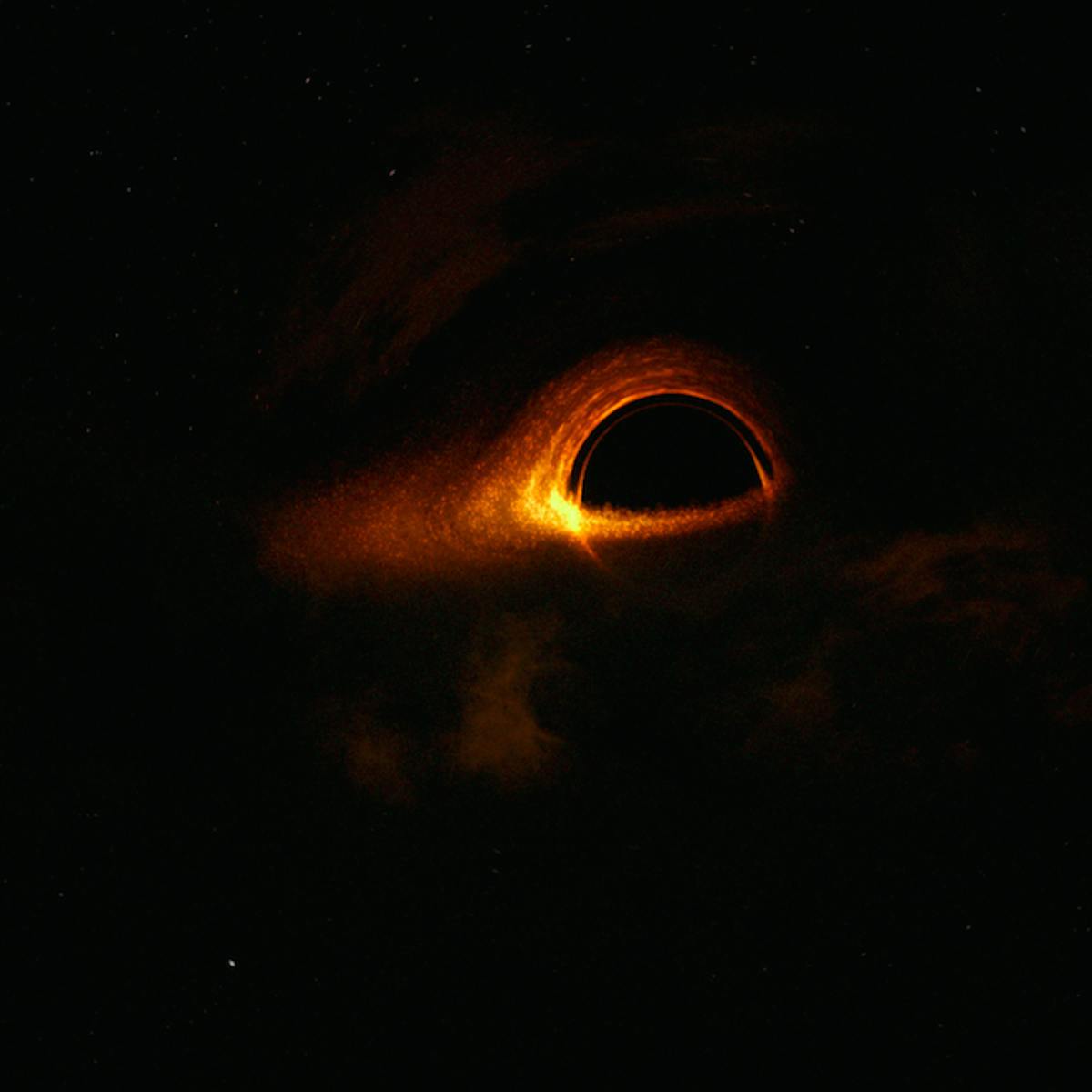Theory, or more accurately, no one has disproved the mathematical equations.
-
Ever wanted an RSS feed of all your favorite gaming news sites? Go check out our new Gaming Headlines feed! Read more about it here.
The black hole at the center of our galaxy recently much brighter for a moment
- Thread starter Roygbiv95
- Start date
You are using an out of date browser. It may not display this or other websites correctly.
You should upgrade or use an alternative browser.
You should upgrade or use an alternative browser.
Really? I thought the appearance of Gargantua was the one and only thing they got right about it
The brightest objects in the universe are the accretion discs around black holes. They actually have a matter->energy conversion rate far greater than nuclear fusion
Oh, the gravitational lensing is still on point. It still holds up post-photo of M87 from earlier this year. Matter of fact apparently most everything about it does, EXCEPT the amount and distribution of brightness. I haven't heard much conclusive data about them being so bright. From what I researched an actual supermassive black hole (the one in the film at least) would supposedly look less like this:

and more like this:

And according to the scientists I follow on twitter, High Life currently has the most accurate one depicted in a film even though the vfx are kinda bad in comparison:

It's all covered in this write-up, which mentions the reason gargantua was so bright in the movie is because Nolan wanted to simulate how filming it with Imax cameras would result in an exaggerated lens flare effect + he thought an asymmetrical accretion disc might be too confusing for audiences.
But if accretion discs actually do increase and decrease in brightness, which I guess would be confirmed if Sgr A is brighter for reasons other than warping the light of something else, maybe the black hole in the film is unintentionally the most accurate in a movie once again, dunno. Don't think there's a consensus yet because even though we now have a blurry photo of one there still isn't much conclusive data about what they truly look like or even if there would be a foolproof way to visualize them after one or two are somehow researched in depth. The light increase/decrease phenomenon mentioned in the articles posted in the OP is just another small piece of the puzzle. That is unprecedented and hasn't ever been observed until this year and data from it is still being studied.
Last edited:
They do, but they become red shifted over distance and nobody can get any information from them... what a science dude once told me!Radio signals, like from our cars/satellites for communications wouldn't last lightyears would they?
There's been a ton of speculation regarding what the heck caused the burst in infrared light

Many stars on the night sky appear to us as how they were millions of years ago
Isn't it more like less than 100,000 years (and often far less for our brightest stars) since that's the diameter of the milky way?
Galaxies are an entirely different ballpark but I don't think we can clearly see their individual stars.
And now I'm once again regretting the time spent watching Star Trek V.
Many stars on the night sky appear to us as how they were millions of years ago
Aren't all the stars that we can see with the naked eye on Earth from our own galaxy, and isn't the Milky Way 100,000 light years across? Unless you're counting the galaxies we can see with something like the Hubble, there shouldn't be any star in the night sky much older than 100,000 years we could see.
Edit: actually about 16,308 light years is the furthest star that can be seen from Earth with the naked eye.
Isn't it more like less than 100,000 years (and often far less for our brightest stars) since that's the diameter of the milky way?
Galaxies are an entirely different ballpark but I don't think we can clearly see their individual stars.
And now I'm once again regretting the time spent watching Star Trek V.
Think I fumbled the numbers, my bad.Aren't all the stars that we can see with the naked eye on Earth from our own galaxy, and isn't the Milky Way 100,000 light years across? Unless you're counting the galaxies we can see with something like the Hubble, there shouldn't be any star in the night sky much older than 100,000 years we could see.
Edit: actually about 16,308 light years is the furthest star that can be seen from Earth with the naked eye.
Gesundheit.

